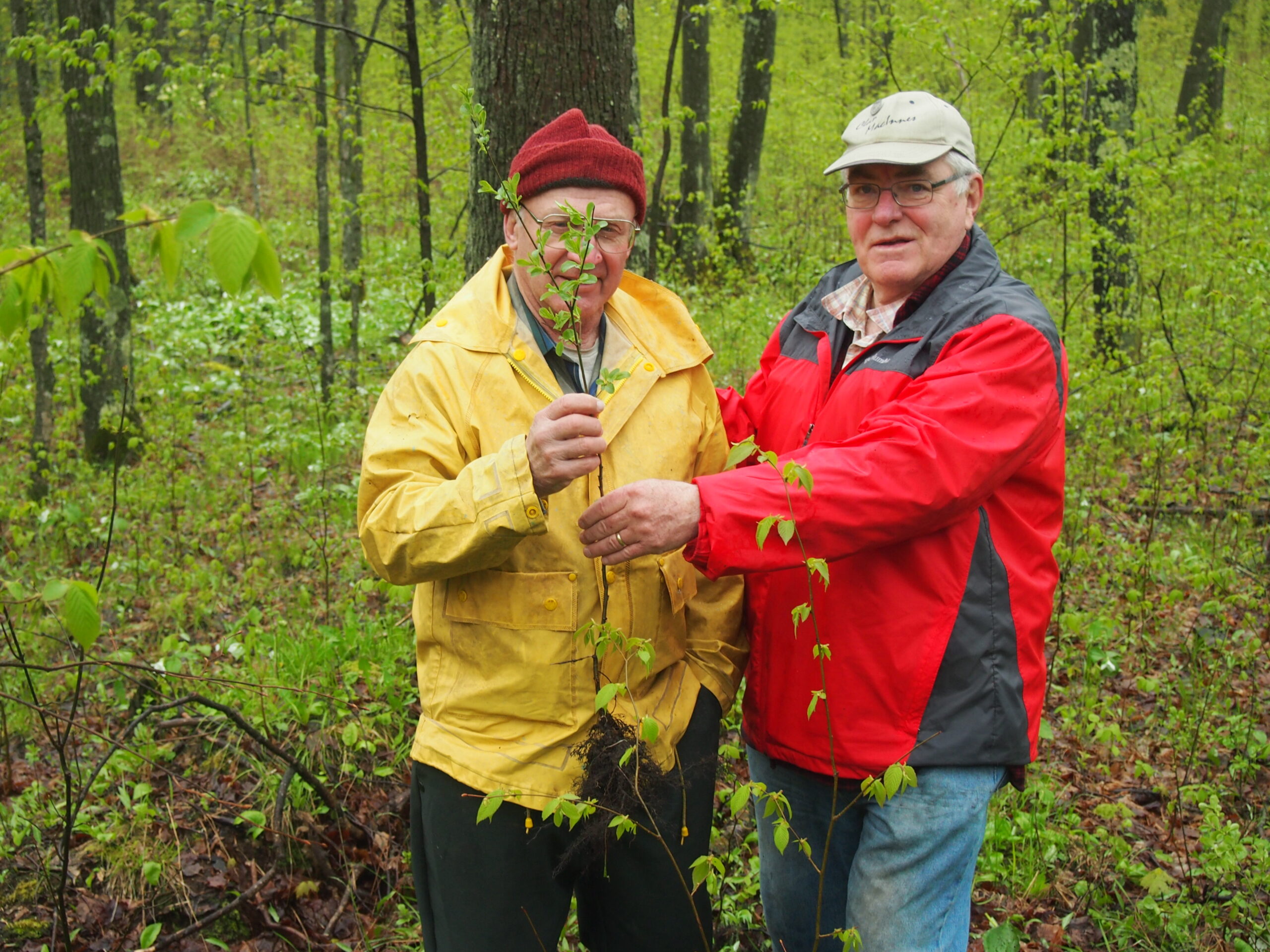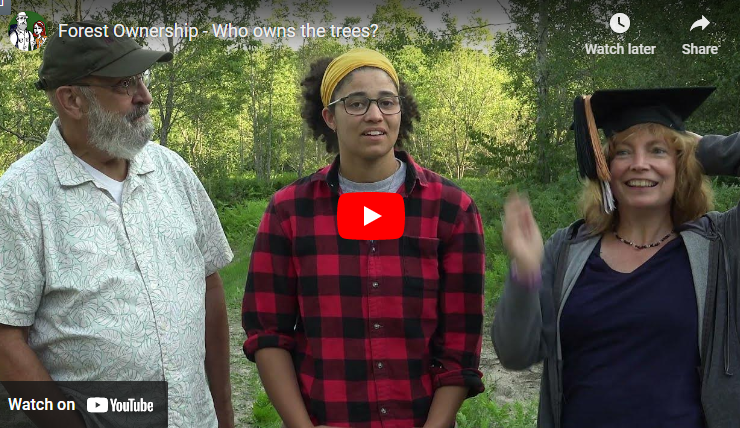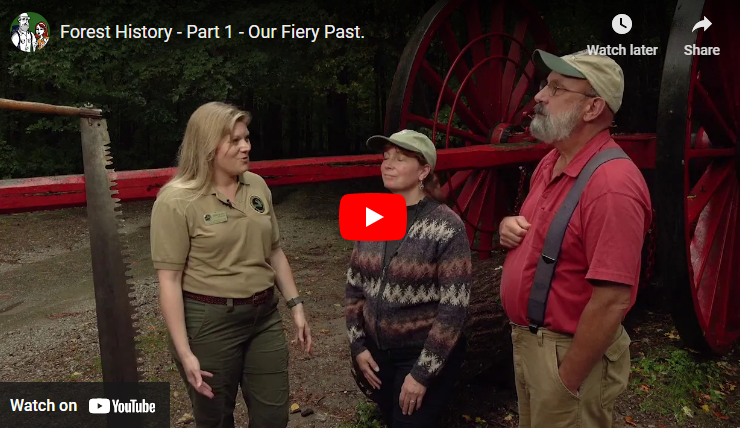Resources
Woodland Owner FAQ
The majority of forest owners are interested in attracting or supporting some kinds of wildlife, from songbirds to game species. Here are a few highlights to get you started:
Basics of wildlife habitat by the Michigan United Conservation Clubs offers a simple introduction to the components of wildlife habitat.
Forestry for Michigan Birds is a comprehensive how-to guide assembled by the American Bird Conservancy.
Featured game species:
One of the first things we often hear from forest owners is that they just want to keep their forest healthy. There are many ways to think of forest health–here are a few links to get you started:
Forest Health Highlights is a document compiled annually by the Michigan DNR.
Climate Change Field Guide for Northern Michigan Forests, written by the Northern Institute of Applied Climate Science, gives specific guidance on how to keep our forests healthy in the face of climate change.
Michigan Forestry Best Management Practices for Soil and Water Quality describes both voluntary and regulatory methods to protect soil and water quality when doing any forest management activity.
Invasive pests, diseases, and plants impact almost all of our forests in some way. Here are some specific sites to help identify and manage for them:
Field Identification Guide to Invasive Plants
Silvicultural Systems: Silviculture is the art and science of controlling the establishment, growth, composition, health and quality of forests and woodlands to meet the diverse needs and values of landowners and society on a sustainable basis.
Woodland Stewardship: A Practical Guide for Midwestern Landowners is a textbook that provides comprehensive information on putting together a management plan, conducting a responsible harvest, and tree planting basics–among other things.
Michigan Forestry Best Management Practices for Soil and Water Quality describes both voluntary and regulatory methods to protect soil and water quality when doing any forest management activity.
Find a professional to help!
State programs to reduce your property taxes:
Funding assistance to help with some forest-based activities:
Environmental Quality Incentives Program
Have you made plans for the future of your land? Explore these resources to help you continue your forest legacy:
Your Legacy, Your Land by the American Forest Foundation
Ties to the Land succession and estate planning resources offered by Oregon State University
Michigan Tree Farm is also a place to get started with future planning
Video Resources:
Playlist
Publications :
Past issues of our monthly newsletter for members to keep up to date on best practices for forestry, upcoming forest-based issues and member events.
MFA Leaves Newsletter for January 2023
MFA Leaves Newsletter for February 2023
Our quarterly periodical for Michigan Forest Association members.
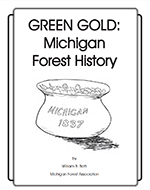 GREEN GOLD: Michigan Forest History a publication geared toward childhood education for elementary school age children.
GREEN GOLD: Michigan Forest History a publication geared toward childhood education for elementary school age children.
 Michigan’s Famous and Historic Trees (warning: very large file [54 megabytes])
Michigan’s Famous and Historic Trees (warning: very large file [54 megabytes])
Would you like to advertise in MFA's Michigan Forests magazine?
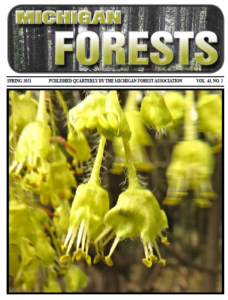
There are several options to get the word out about YOUR business in our quarterly magazine.
Click on this button to choose your preference, and pay online!
Ready for Membership?
Become part of the fellowship of foresters, owners, and those who love the woods.
